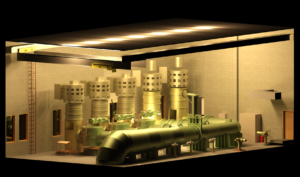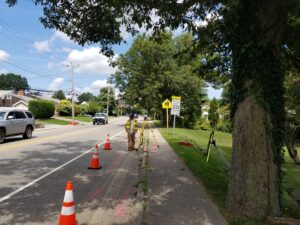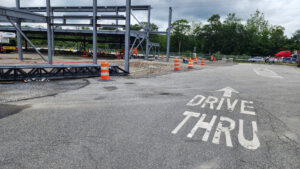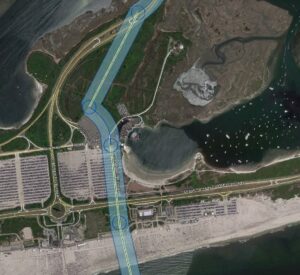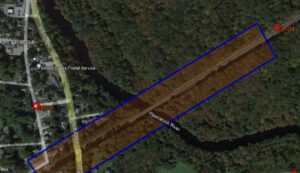As we know, technology is always changing. So, do we use the same process for remote sensing now that we did over 50 years ago? Absolutely not! We’re using faster technologies, computer software, drones, and even piloted airplanes. What was once taking weeks to complete, can now be done in ~8 hours or less depending on the project site. The great thing about technology is that there is always something new, better, and faster around the corner. However, that doesn’t always mean that we have access to it. For example, drones are driving the future, but there are significant airspace restrictions. Did you know that you can’t operate a drone outside of line of sight? This is known as beyond visual line of sight (BVLOS) restriction. You can’t fly over people or moving cars, making the option to fly a drone a great choice for an underdeveloped plot of land, but not so much for an area with lots of people and traffic. For populated areas and everything in between, a site can be flown with a fixed wing airplane. A manned airplane with a pilot and a camera-man can be flown anywhere with less restrictions when compared to a drone for great photogrammetry results. Thousands of acres can be shot in a day by using a manned airplane.





